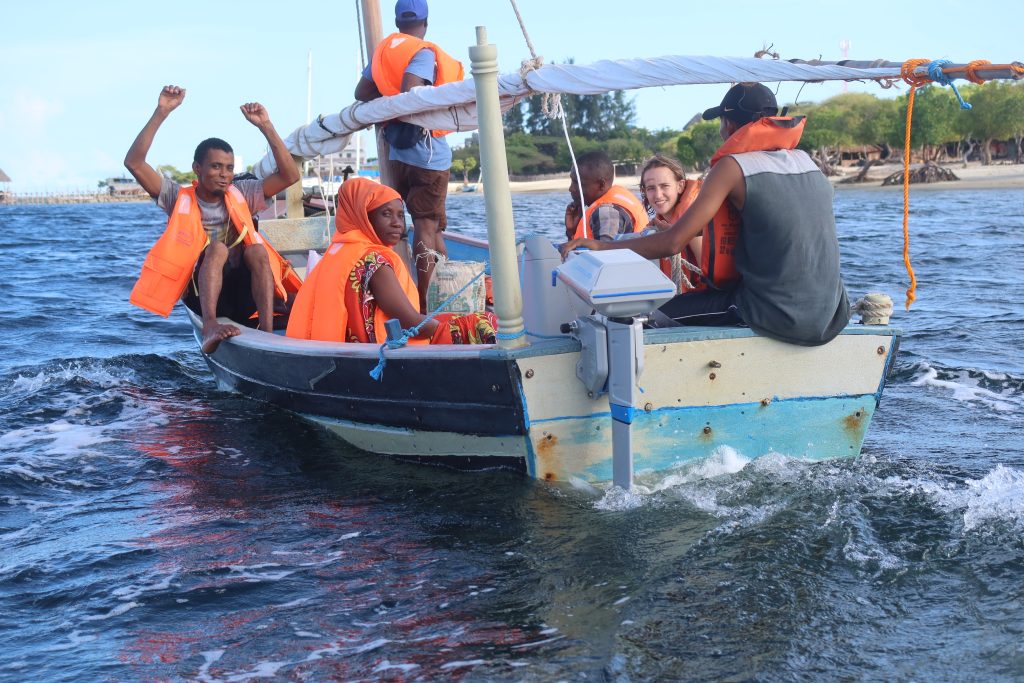Moving to Universal Health Care, Beginning in the States
One of the greatest systemic failures in the U.S. is healthcare. Even after the 2010 passage of the Affordable Care Act:
+ 26 million Americans, or 7.9% of the population, still lack health insurance.
+ 51% of working age adults have difficulties affording health insurance.
+ 38% of working age adults delayed or skipped needed medical care or prescriptions over the year before polling was conducted in 2023 because they couldn’t afford it, while 57% of those who did reported their medical problem became worse.
+ 41% of adults are carrying medical debt, amounting to 100 million Americans, with a quarter of those owing $5,000 or more, while 1 in 7 of those in debt have been turned away from medical care because of unpaid bills.
The problem is high monthly payments and high deductibles, which Obamacare did not solve. Across the U.S., many are working for the obvious answer, genuine universal health care through single-payer health insurance, which cuts out private health insurance entirely with its bloated administrative costs, not to mention how it often cheapskates on needed care.
Failure to make progress at the national level has moved the center of action to the states. Many states are seeing movement to single payer. It is a key example of building the future in place, of working at the grassroots to provide solutions for systemic failures by building models that eventually can be adopted at broader levels, in this case the national. States are an appropriate place-based venue to begin building health-care solutions because they have sufficient scale to create trust funds that manage medical payments.
Among standouts in state action:
+ The Oregon Legislature last year created a governing board to design a universal health care plan for introduction to the 2025 session and implementation in 2026. Under the plan a state health care trust fund would be established.
+ California has created a process to apply for a federal waiver allowing it to implement a single-payer plan. A bill with the design of the system was introduced into the most recent legislative session, but is not expected to move forward until a waiver is granted. Then funding will require passage by a ballot initiative.
State plans will require federal waivers. Currently federal law prohibits states from pooling Medicare, Medicaid and other insurance funds into a singular state systems. A bill introduced by Rep. Ro Khanna (D-CA) in 2023, the State-Based Universal Health Care Act(HB6270), provides a pathway to gaining waivers.
I recently sat down with Carey Wallace, board chair of Whole Washington (WW), one of the groups working toward universal health care in my home state, to talk about grassroots organizing efforts going on here. WW, led by healthcare providers, has a board substantially made up of nurses. Wallace is one herself, with over 20 years’ experience, so she has seen upfront how deficiencies in the current health care system affect people’s lives.
WW’s proposal, similar to other states, is to create a health care trust fund. Under the proposal, employers would be mandated to provide health care coverage, while all state residents would be eligible for coverage through the trust fund. So even when unemployed people would still be insured. The trust fund would pay all bills, eliminating co-pays, premiums, deductibles, out-of-network charges, and high prescription costs.. Coverage would be comprehensive including dental and vision. WW estimates the plan will save 7,000 lives annually while preventing 6,000-7,000 medical bankruptcies each year, at the same time shaving $5-$13 billion off healthcare expenses by reducing administrative costs.
The plan would start as a public option. The opt-in feature is designed to overcome potential legal challenges that would rise if private health insurers were mandated to join. Healthy San Francisco, working toward universal health care in that city, overcame a similar legal challenge. The federal waiver would resolve this issue, and the system could move to full statewide coverage
In 2021 the Washington Legislature created the Universal Health Care Commission to design a system. But progress has been slow, with no consensus on a single-payer design and “no sense of urgency,” Wallace says. “It was kind of set up to fail. I think we knew going in it wasn’t going to get us where we wanted to go, but it was a really good platform to push the issue.”
Health care advocates were also disappointed by the failure of the most recent legislative session to pass even a memorial supporting universal health care.
“What makes this arrangement so unfortunate is that SJM.8006 was a concession bill given to the universal healthcare movement to quell their discontent that SB.5335 — a real single-payer universal healthcare bill — would not be given a hearing in the state Senate,” writes WW Executive Director Andre Stackhouse.
“We were told that while everyone . . . agrees about the importance of universal healthcare, that SB.5335 was not ready for a hearing, that it needed to be vetted through Washington’s Universal Health Care Commission, and that a joint memorial was a more achievable next step.”
So facing what looks like a chicken and egg problem, WW continues efforts to put a universal health care measure on the ballot, aiming at a 2025 run. The group has tried to gain the 400,000 needed signatures three times over recent years, but its purely volunteer efforts always topped out around 100,000. It is virtually impossible to place an initiative on the ballot without paid signature gatherers, Wallace notes.
WW’s run at the ballot in 2020 was interrupted by the Covid outbreak. In 2022, when it tried again, “It was hard to reconnect,” Wallace says. That seems to be a story across many forms of activism. “We can get our people out, but getting outside of our silo has been difficult. We recognized we need to do other things to reconnect.”
So WW with other groups are taking it on the road in town meetings across the state. WW will present its proposal over the first 20 minutes and then ask people to present their own healthcare stories. The first will take place in Olympia April 25 in alliance with Washington Physicians for Social Responsibility and RIP Medical Debt. The three groups will also stage town meetings May 4 in Tacoma and June 1 in Seattle. The theme will be Healthcare Not Warfare, in tune with WPSR’s peace mission. WW will also hold a number of town meetings on its own and with other groups in a range of urban and rural communities. For more on the times and locations, the schedule is here.
Through the town meetings and other organizing efforts, WW hopes to build the grassroots base and financial capacity to mount the 2025 initiative effort. Health insurance and privately owned health care organizations will mount a ferocious campaign against an initiative, so it will take a widespread effort with substantial financial backing to pass it.
WW was inspired in this effort by a successful Michigan campaign to place and pass a 2018 ballot measure creating an independent redistricting commission. It took the job of drawing legislative district boundaries out of the hands of the legislature in order to prevent gerrymandering. The group that forwarded the initiative, Voters Not Politicians, staged 33 town meetings in 33 days. Starting with limited resources, it managed to obtain the needed signatures to place the initiative on the ballot and then win a victory.
“Getting in front of real people was really helpful to them,” Wallace says. She hopes for similar success in Washington state. “There’s a lot of ways what we’re doing is the same. This is a nonpartisan dialogue. This is not a Republican or Democrat issue.”
Building a future with decent and affordable healthcare for all is a steep climb. Efforts spanning many decades have failed to achieve it at the national level. The best chance to eventually achieve that is to work in specific places, in states with favorable political climates, by building grassroots momentum to create universal health care systems. In Washington, as in other states, that is exactly what is happening. As with so many other issues where action is stalled at the national level, we can begin to make change where we live. We can build the future in place.
This first appeared on The Raven.







